Is Almond Milk Bad For The Environment? Top 4 Plant-based Milk Alternatives To Consider
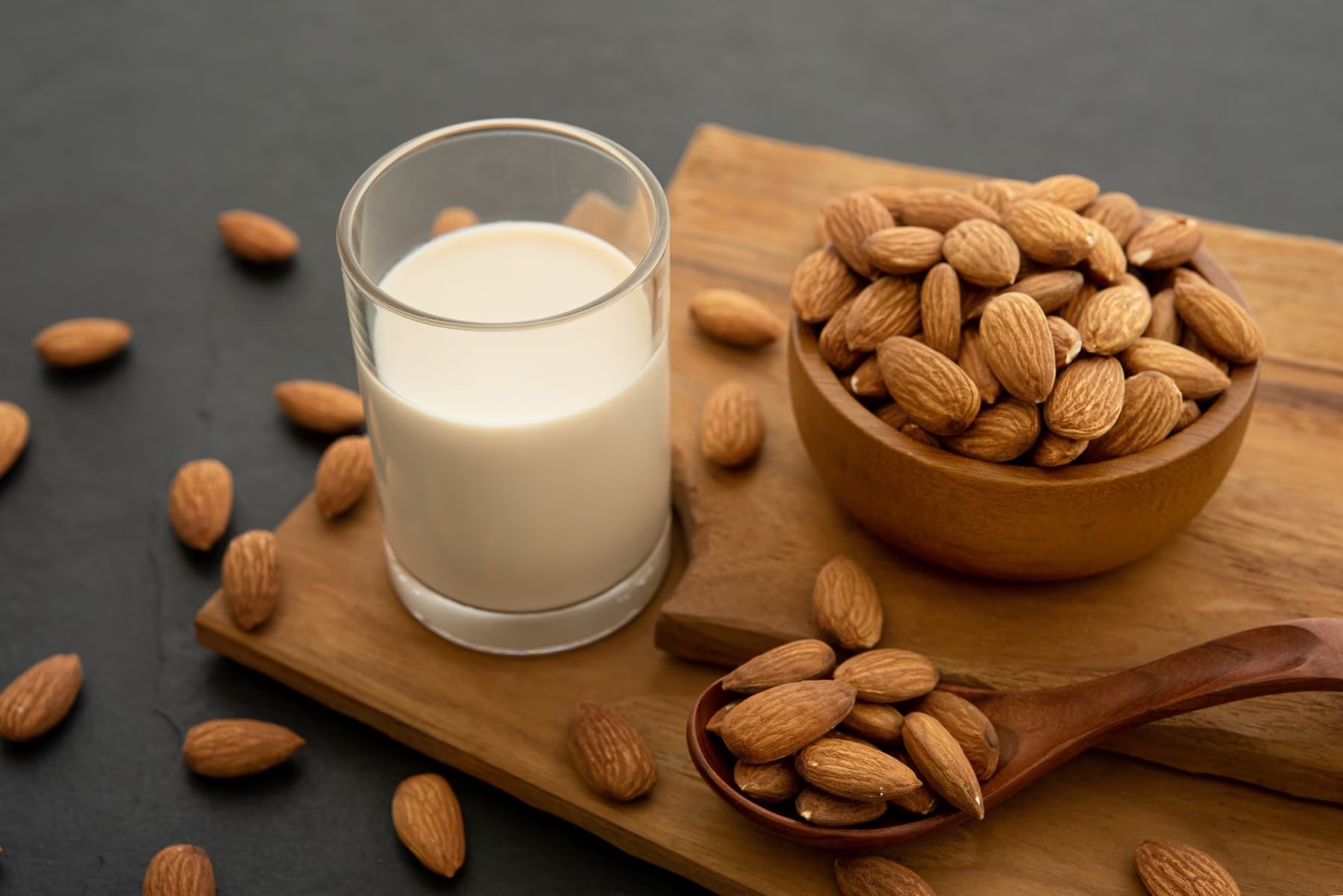
Almond milk is becoming increasingly popular as a healthy benefits, dairy-free alternative to cow milk. However, this seemingly harmless product has an extremely damaging effect on the environment. This article will explore why almond milk is bad for the environment, as well as the top four eco-friendly alternatives substitutes.
Almond milk is a prevalent dairy-free option for individuals with allergies or who seek to decrease their consumption of animal products. Nonetheless, the environmental repercussions from almond milk production are indubitable. The cultivation of almonds involves an extensive amount of water and energy, as well as pesticides and chemicals that can be hazardous to soil quality and wildlife habitats. Almonds are not only harvested in regions where water is scarce, meaning that valuable resources which could be allocated for other agricultural activities or even to produce drinking water instead get taken away. Furthermore, global exporting of almonds contributes significantly to carbon emissions.
What Is The Carbon Footprint Of Almond Milk?
The carbon footprint of almond milk production varies depending on various factors, such as the location of the almond orchard, the method of farming, and the processing and transportation methods. However, almond milk production has been associated with a relatively high carbon footprint when compared to other plant-based milk alternatives.
A study published in the Journal of Cleaner Production estimated that the carbon footprint of a litre of almond milk is around 1.2 kg CO2e (carbon dioxide equivalent), which is more than the carbon footprint of soy milk, oat milk, and rice milk. One reason for this high carbon footprint is that almond trees require a lot of irrigation water. Almonds are primarily grown in California, which constitute 100% of the almonds grown in the US, and up to 81% of those worldwide. However, California faces significant water scarcity, so increased almond production is a contentious resource issue.
Furthermore, the processing of almonds into milk involves soaking, blending, and straining, which requires energy and generates waste. Finally, the transportation of almonds from the orchard to the processing plant and then to the market can also contribute to the carbon footprint.
It is worth noting that almond milk is still a more eco-friendly option than dairy milk, which has a much larger carbon footprint due to the greenhouse gas emissions, notably methane, associated with cow farming, and the processing and transportation of milk.
While almond milk is becoming increasingly popular as a dairy-free alternative, it is important to consider eco-friendly alternatives that are demonstrably better for the environment. Here are five of the most popular alternatives:
Oat Milk
Oat milk was developed in Sweden as a dietary alternative for people lacking the lactase enzyme necessary for bovine milk digestion. Now, it is quickly becoming the plant-based alternative of choice.
It takes minimal land and resources to make it compared to almond milk while also creating less carbon emissions in its production. The process is simple; oats are soaked in water before being blended together resulting in a creamy liquid - and the creaminess does hold up for barista-level coffee - that can easily replace dairy milk.
Not only is oat milk beneficial to the environment, but it's also rich in protein and beta-glucans, a type of soluble fibre that can help reduce cholesterol levels while promoting a feeling of fullness. Its plant-based proteins make it an excellent choice for vegans or those looking to cut down their meat intake.
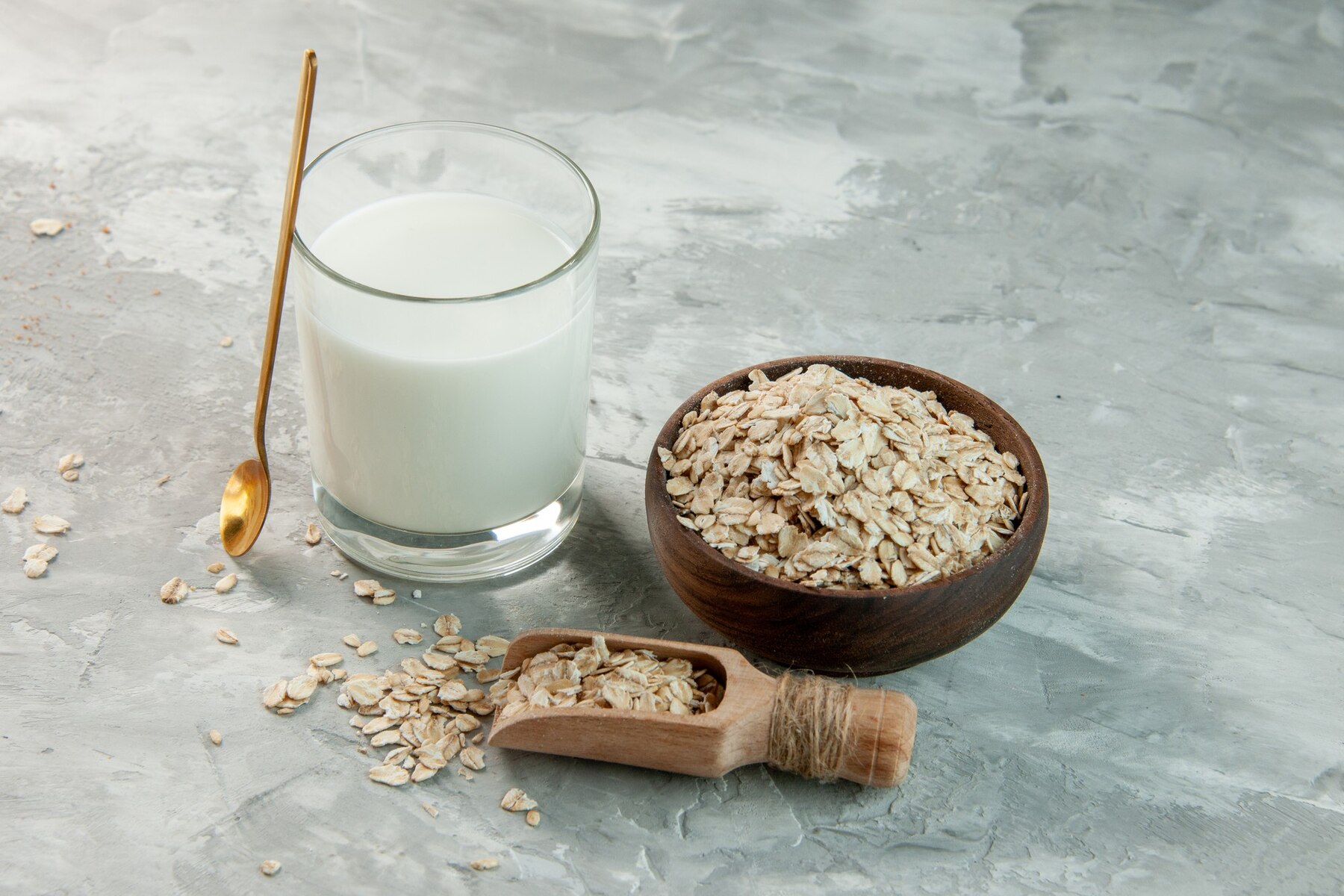
Soy Milk
The ‘original’ alternative milk is made from soaked, ground, and then boiled soybeans, and after straining has an incredibly silky texture. Soybeans are easy enough to grow on their own and require fewer resources than almonds.
A nutritious option, soy milk packs all nine essential amino acids - the foundations of protein, and as such is asn ideal choice for vegetarians and vegans who may otherwise struggle to get enough protein from their diets. Soy milk also provides calcium, vitamin D and B12, all integral for healthy bones and proper functioning of your immune and nervous systems.
Soy milk is a multi-purpose option that provides plenty of nutritional benefits and is far more sustainable than almond and dairy milks, yet not so much as oat milk.
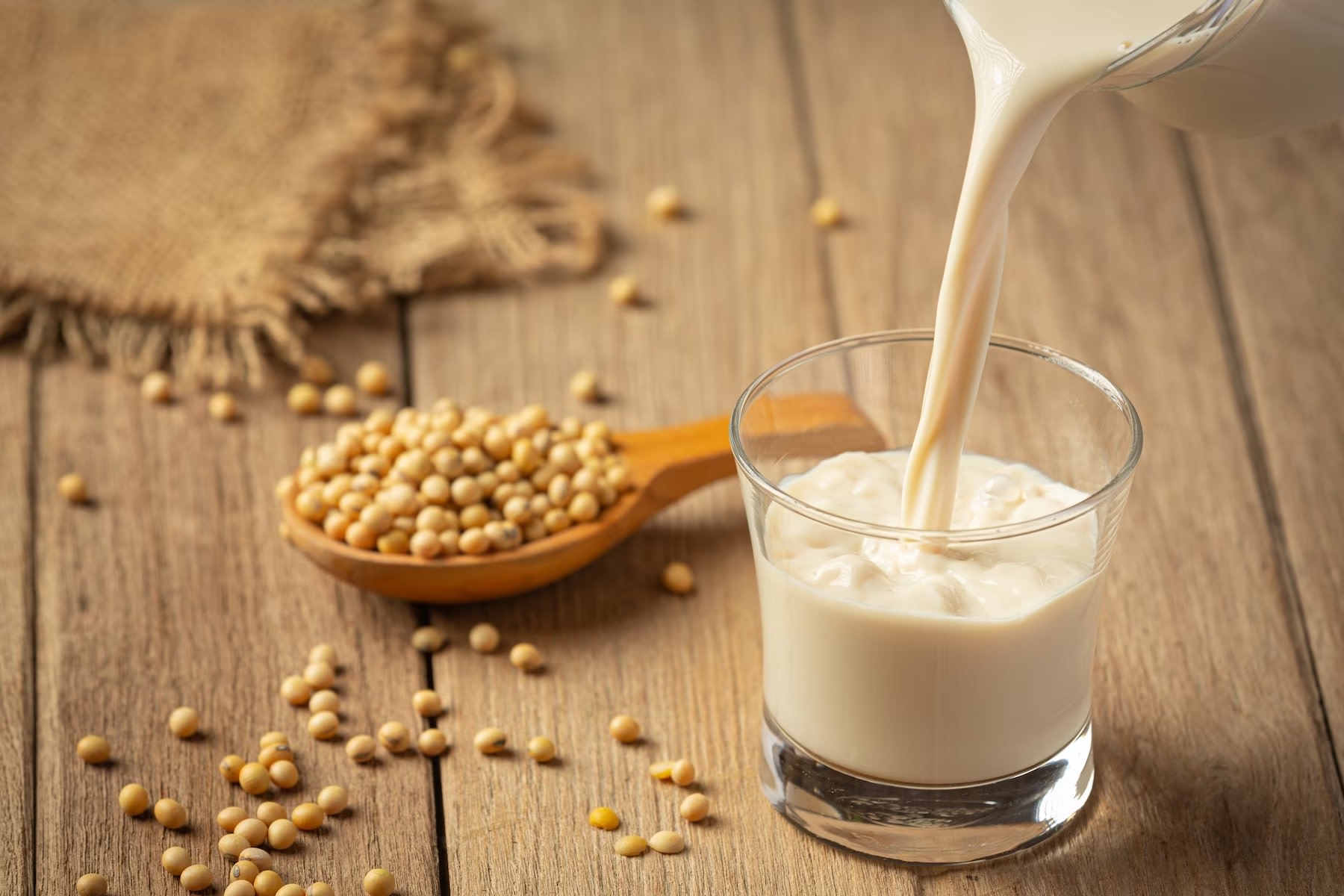
Coconut Milk
Made from the pulp of mature coconuts mixed with water and then strained to create its unique creamy texture, coconut also works for those who have lactose intolerance or dairy milk allergies. Coconuts are easy to grow with little water or fertilisers needed. Also, since the production process generates almost no waste whatsoever, it ranks high in sustainability.
Coconuts are packed with calcium, magnesium, vitamins C and E - along with healthy medium-chain fatty acids known to aid weight loss while simultaneously stimulating brain function and reducing heart disease risks. On that note, it is also important to remember that coconuts contain saturated fat and calories, so you should enjoy coconut milk in moderation as part of an overall healthy diet.
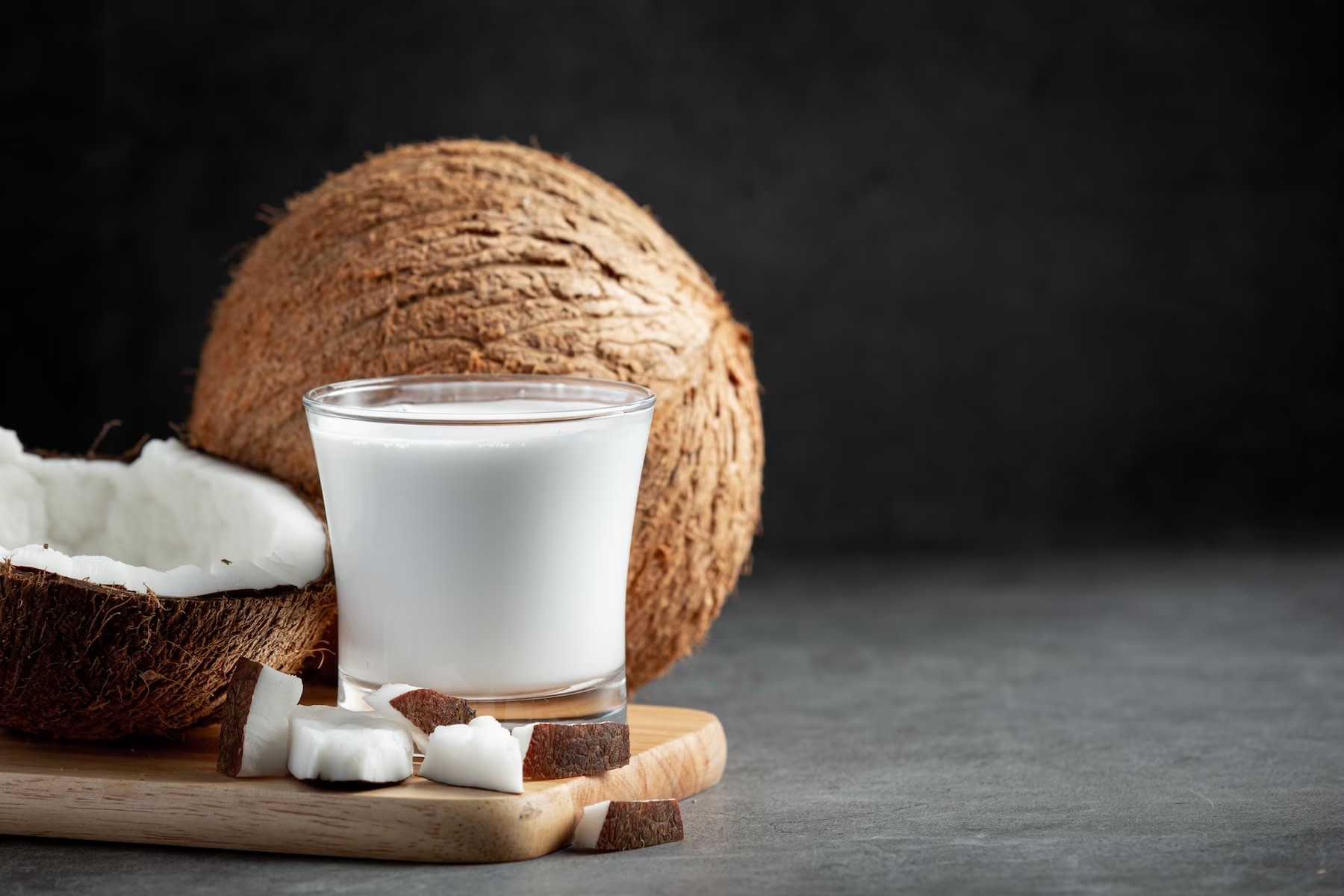
Hemp Milk
Hemp milk is made by blending the seeds of the hemp plant with water and straining the mixture to produce a creamy, nutty-flavoured milk. Hemp plants are resilient, require minimal growth inputs, and as such are a great choice in terms of minimal pressure on the climate.
Hemp milk is also packed with protein, which is essential for building and repairing tissues in the body. It is particularly rich in the amino acid arginine, which helps to promote healthy blood flow and reduce the risk of heart disease. Hemp milk is also a good source of essential fatty acids, such as omega-3 and omega-6, which play a vital role in brain function, hormone production, and immune system function.
This is an environmentally conscious and nutritious substitute for dairy milk, which takes fewer resources to produce while still supplying essential fatty acids as well as protein, and is perfect for those who are lactose intolerant, or have a nut allergy or soy/gluten sensitivity.
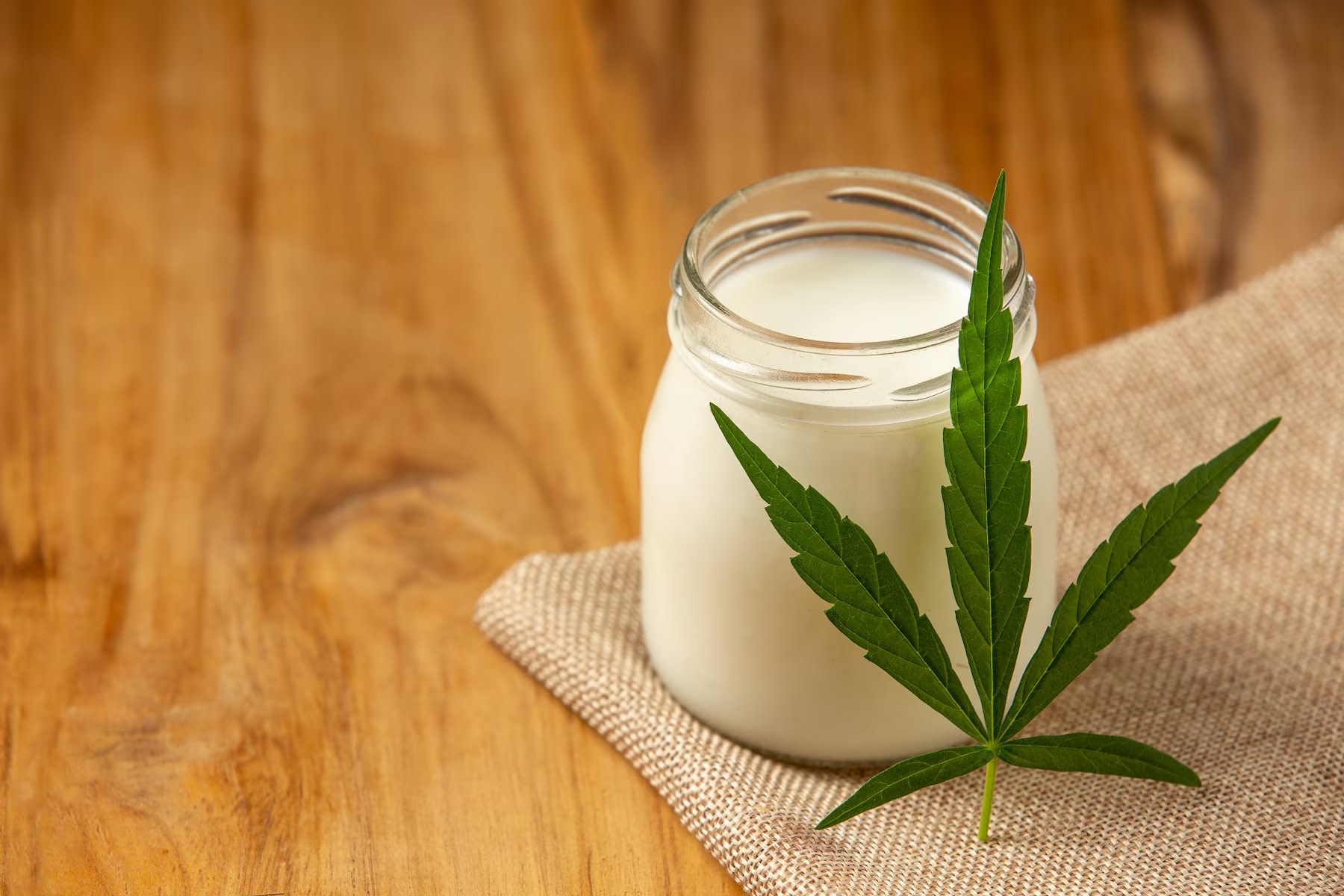
Image credit: https://news.gimyong.com/article/16318
The Bottom Line
The environmental impacts of almond milk production can no longer be ignored, so it is important to consider better alternatives that are both eco-friendly and nutritious. By considering the eco-friendly alternatives to almond milk, you can help reduce your environmental impact while still enjoying a dairy-free beverage. Not only are these plant-based milks better for the environment, but they are also good sources of nutrition and offer a variety of tastes and textures.
By choosing one of these five options, you can make a positive difference for the planet… and that’s simply by choosing these over bovine milk.
Follow our Featured Articles for more ESG views and insight.
Article: Fashionable Falafel and Aspirational ESG
Frequently Asked Questions
Is almond milk damaging the environment?
Almond milk production has been associated with some negative environmental impacts, such as the high water usage in almond farming, which can contribute to water scarcity in drought-prone regions. Additionally, the processing of almonds into milk generates waste and requires energy, which can lead to greenhouse gas emissions. However, almond milk is still a more eco-friendly option than dairy milk, which has a much larger carbon footprint due to cow farming.
What is the negative impact of almond milk?
The negative impact of almond milk production includes high water usage in almond farming, which can contribute to water scarcity in drought-prone regions. Additionally, the processing of almonds into milk generates waste and requires energy, which can lead to greenhouse gas emissions. Furthermore, almonds are primarily grown in California, which is an arid region, and transportation of almonds from the orchard to the processing plant and then to the market can also contribute to the carbon footprint.
Which is worse for the environment: milk or almond milk?
Dairy milk is generally worse for the environment than almond milk due to the greenhouse gas emissions associated with cow farming and the processing and transportation of milk. However, other plant-based milk alternatives such as oat, soy, coconut, and hemp milk may be better choices for those concerned about reducing their carbon footprint.
How eco-friendly is almond milk?
Almond milk is considered to be less eco-friendly than some other plant-based milk alternatives due to the high water usage in almond farming, the processing of almonds into milk, and transportation from orchard to processing plant and then to the market. However, almond milk is still a more eco-friendly option than dairy milk.
Which milk is least harmful to the environment?
Oat milk is considered to be one of the least harmful to the environment due to its low carbon footprint and relatively low resource usage in production. Soy milk and hemp milk are also considered to be eco-friendly choices due to their low carbon footprints and resource usage. However, the environmental impact can vary depending on the farming and processing methods used for each type of milk.

